

2017 has been a big year for LGBT rights. Both Malta and Germany legalized same-sex marriage and, this week, Australia made big strides in the same direction.
2017 has been a big year for LGBTQI rights.
Both Malta and Germany legalized same-sex marriage and, this week, Australia made big strides towards doing so as well.
In a nation-wide postal poll, 61.6% of Australian voters said they were in favor of same-sex marriage, ensuring the federal government will try to pass a marriage equality bill before the end of the year.
Yet while demand continues to grow for LGBTQI rights, there are currently only 25 countries that allow same-sex couples to marry.
Keep scrolling to read the full list:
1. In 2001, the Netherlands became the first country to legalize same-sex marriages.
The legislation gave same-sex couples the right to marry, divorce, and adopt children.
Source: CBS News
2. Belgium followed suit in 2003 and granted equal rights to same-sex married couples.
Beginning in 1998, the Belgian parliament offered limited rights to same-sex couples through registered partnerships. In 2003, the parliament legally recognized same-sex marriages.
Source: The Guardian
3. In 2005, the Canadian Parliament passed legislation making same-sex marriage legal nationwide.
In 1999, some provincial governments extended common law marriages to gay and lesbian couples, providing them with most of the legal benefits of marriage but laws varied across the country.
Source: CBC News
4. Also in 2005, a closely divided Spanish parliament agreed to do the same.
The law guaranteed identical rights to all married couples regardless of sexual orientation.
Source: New York Times
5. After South Africa's highest court ruled the country's marriage laws violated the constitution’s guarantee of equal rights, parliament legalized same-sex marriage in 2006.
Exemptions were also included in the new marriage law. Both religious institutions and civil officers could refuse to conduct same-sex marriage ceremonies.
Source: NBC News
6. In 1993 Norway allowed gay couples to enter civil unions, but it took until 2008 for a Norway to pass a gender-neutral marriage law.
In January 2009, the bill was enacted into law, and gay couples were legally granted the right to marry, adopt children and receive artificial insemination.
Source: NBC News
7. In 2009,Sweden voted overwhelmingly in favor of legalizing same-sex marriage.
The bill passed with 261 votes in favor, 22 votes against and had 16 abstentions.
Source: BBC News
8. Iceland's parliament voted unanimously to legalize same-sex marriage in 2010.
Iceland's then-Prime Minister Jóhanna Sigurðardóttir married her longtime partner Jonina Leosdottir as the law came into effect.
Source: The Telegraph
9. Portugal has also allowed same-sex marriage since 2010, after legislation was originally challenged by the country's president.
Portugal had passed a measure legalizing same-sex marriage in February of 2010, but Portugal’s former president, Anibal Cavaco Silva, asked the Constitutional Court to review the measure. In April 2010, the Constitutional Court declared the law to be constitutionally valid.
Source: The Guardian
10. In 2010, Argentina became the first Latin American country to allow same-sex marriage.
Prior to the same-sex marriage law, a number of local jurisdictions, including the nation’s capital, Buenos Aires, had enacted laws allowing gays and lesbians to enter into civil unions.
Source: The Guardian
11. Denmark's legalization came in 2012 after Queen Margrethe II gave her royal assent to the proposed legislation.
Denmark was the first country to allow same-sex couples to register as domestic partners in 1989.
Source: BBC News
12. Uruguay passed legislation allowing same-sex marriage in 2013.
Civil unions have been permitted in Uruguay since 2008, and in 2009 gay and lesbian couples were given adoption rights.
Source: BBC News
13. In 2013, New Zealand became the first country in the Asia-Pacific to legislate for same-sex marriage.
The law won approval by a 77-44 margin in the country's legislature, which included support from former Prime Minister John Key.
Source: SBS News
14. President Francois Hollande signed a measure legalizing marriage equality in France in 2013.
Hollande’s signature had to wait until a court challenge brought by the conservative opposition party, the UMP, was resolved. France’s highest court, the Constitutional Council, ruled that the bill was constitutional.
Source: The Guardian
15. Brazil’s National Council of Justice ruled that same-sex couples should not be denied marriage licenses in 2013, allowing same-sex marriages to begin across the country.
Prior to the law, only some of Brazil’s 27 jurisdictions had allowed same-sex marriage.
Source: The Australian
16. England and Wales became the first countries in the UK to pass marriage equality in 2014.
Northern Ireland and Scotland are semi-autonomous and have separate legislative bodies to decide many domestic issues. In 2017, a judge dismissed two cases on same-sex marriage in Northern Ireland.
Source: BBC News
17. Scotland voted overwhelmingly in favor of of legalizing same-sex marriage later in 2014.
In addition to allowing same-sex couples to wed, the measure gave churches and other religious groups the option to decide whether or not they want to service same-sex marriages.
Source: BBC News
18. Luxembourg overwhelmingly approved legislation to allow gay and lesbian couples to wed and to adopt children that went into effect in 2015.
The bill was spearheaded by the country’s Prime Minister, Xavier Bettel. Bettel married his long-time partner Gauthier Destenay a few months after the legislation passed.
Source: Reuters
19. Finland approved a marriage equality bill in 2014, but it only went into effect this year.
The bill started out as a public petition and was passed with 101-90 votes.
Source: Reuters
20. Ireland became the first country to legalize same-sex marriage through a popular vote in 2015.
62% of the referendum's respondents voted “yes” to amend the Constitution of Ireland to recognize same-sex marriage. Thousands of Irish emigrants had traveled home to participate in the popular vote.
Source: BBC News
21. Greenland, the world's biggest island, passed same-sex legislation in 2015.
Although Greenland is an autonomous territory of Denmark, it was not subject to Denmark’s 2012 ruling on legalizing same-sex marriage.
Source: Copenhagen Post
22. The United States Supreme Court made marriage equality federal law in 2015.
Same-sex marriage had been legal in 37 out of the 50 US states, plus the District of Columbia, prior to the 2015 ruling.
Source: CNN
23. Colombia became the fourth Latin American country to legalize same-sex marriage in 2016.
Same-sex couples were already allowed to form civil partnerships before the ruling.
Source: BBC News
24. In 2017, Germany became the 15th European country to allow same-sex couples to wed.
Germany gave full marital rights to homosexual couples in a vote that Chancellor Angela Merkel vited against.
Source: New York Times
25. And earlier this year nearly all of Malta's parliament voted in favor of legalizing same-sex marriage.
Despite opposition from the Catholic Church on the small Mediterranean island, marriage equality was passed by a landslide 66-1 vote.
Source: The Independent
2017 has been a big year for LGBT rights. Both Malta and Germany legalized same-sex marriage and, this week, Australia made big strides in the same direction. Read Full Story



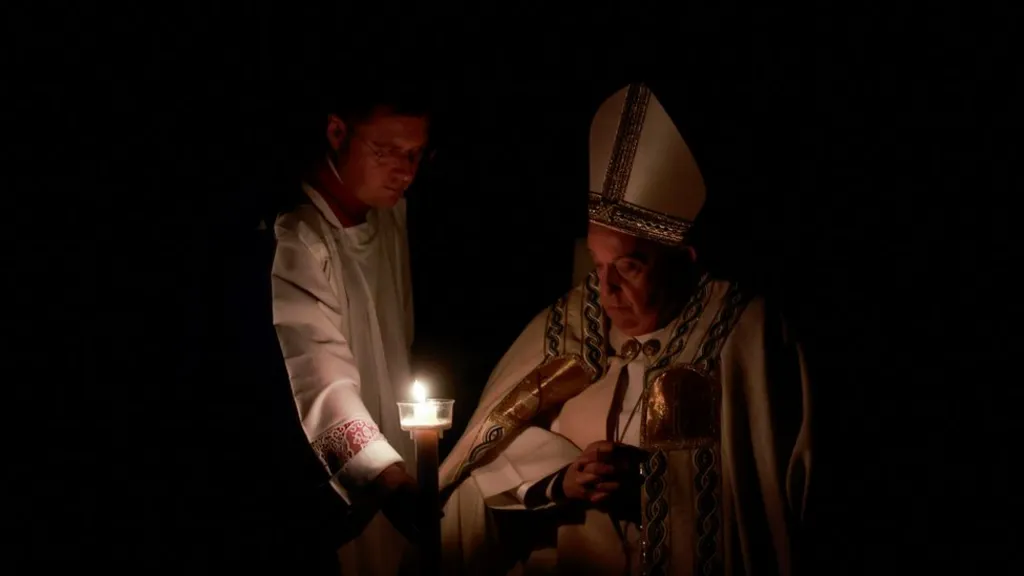
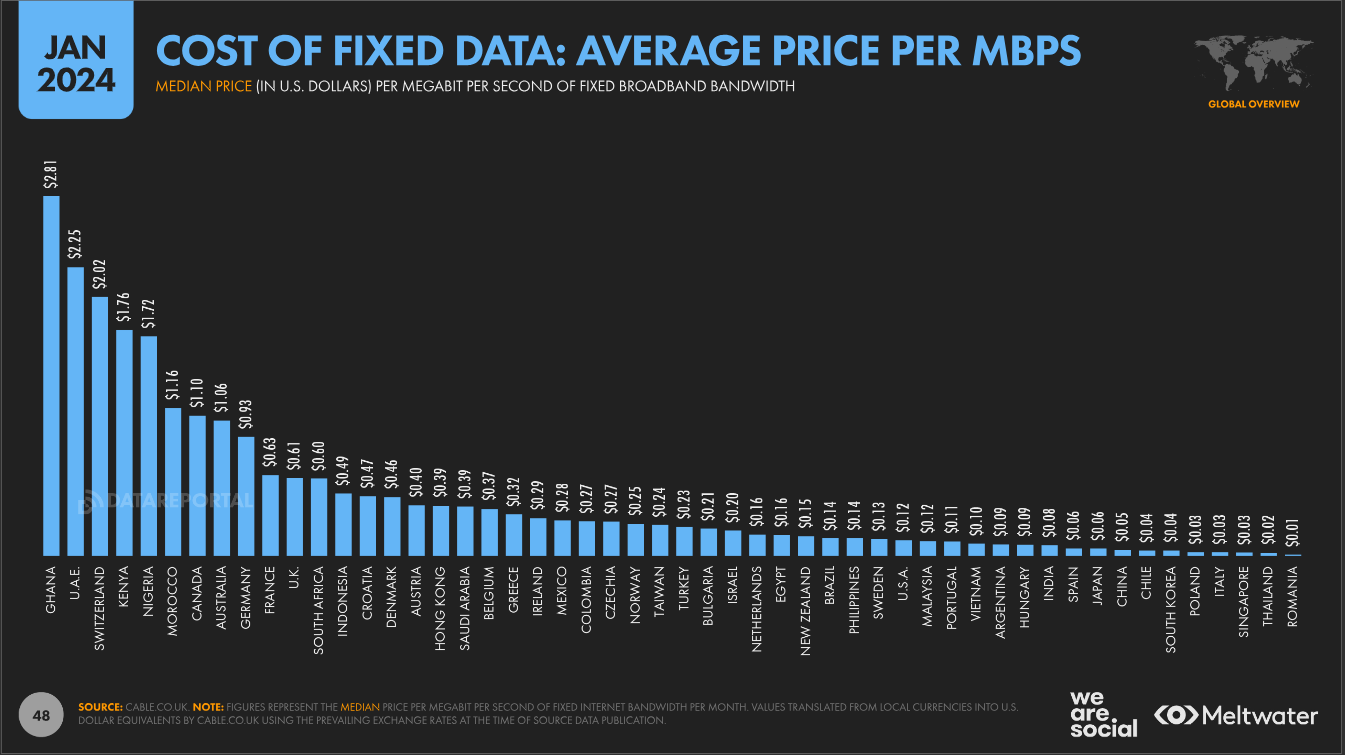

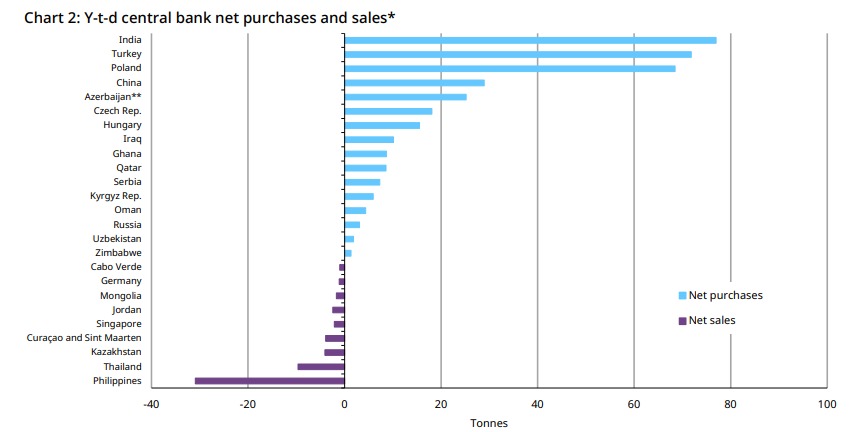

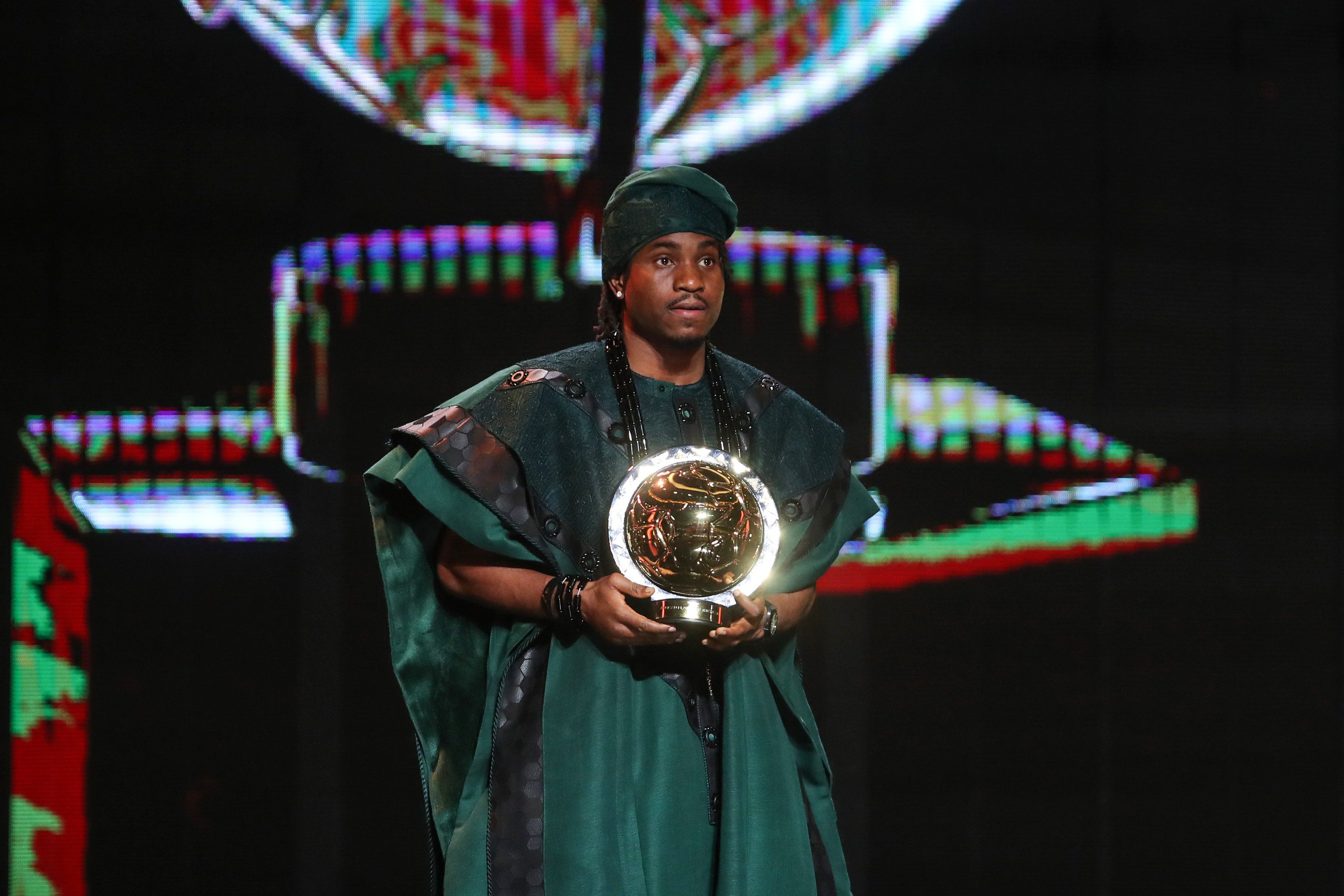



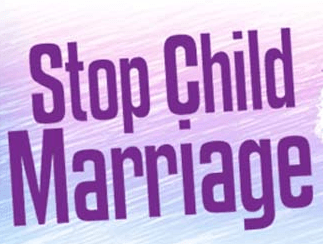




Facebook
Twitter
Pinterest
Instagram
Google+
YouTube
LinkedIn
RSS